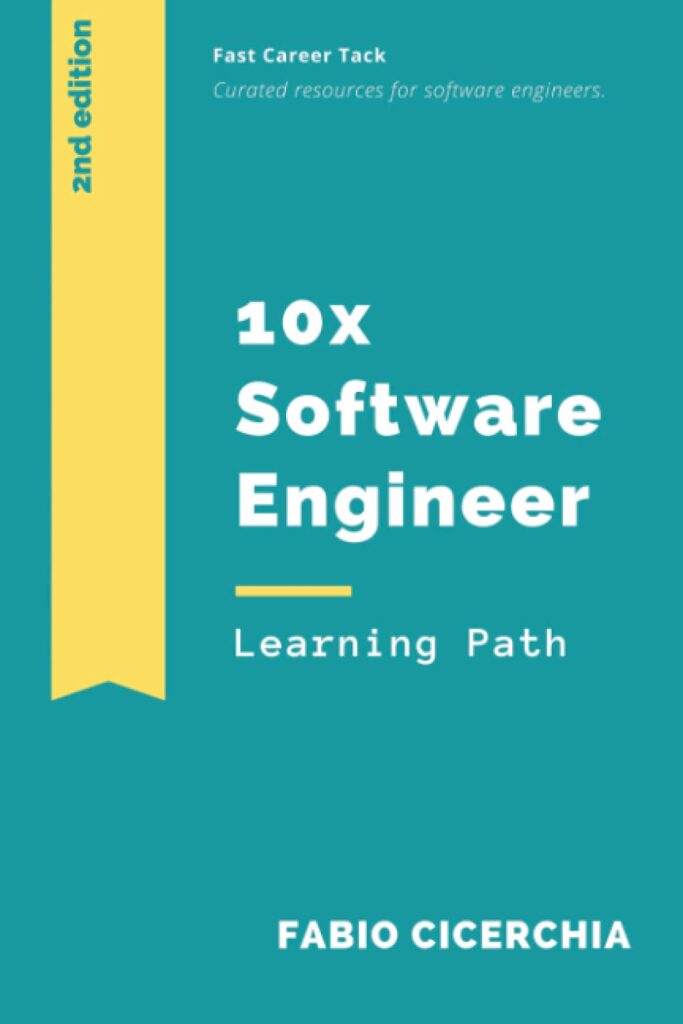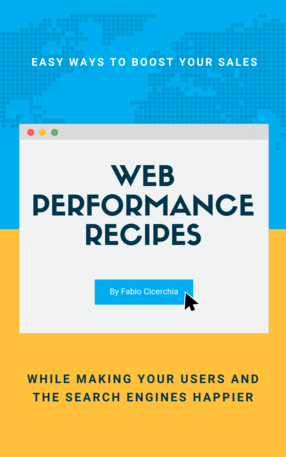
GreenOps & GreenCoding
Practical Approaches for Sustainable Software
Technology powers progress, but at what cost to our planet?
This book is a practical roadmap to building sustainable software systems. Learn how to make your code and architectures more energy-efficient, adopt GreenOps practices for cloud and DevOps, and embrace lifecycle thinking from development to decommissioning.
Read more…
Packed with real-world strategies, examples, and frameworks, it’s an essential guide for developers, architects, DevOps engineers, and CTOs who want to shape a more sustainable future through technology.
In the book GreenOps & GreenCoding, you’ll find a practical guide for building more sustainable software systems.
Discover how to optimise code and architectures for energy efficiency.
Learn how GreenOps practices can make cloud and DevOps workflows greener.
Understand lifecycle thinking: from development to decommissioning.
Real-world strategies, examples, and frameworks you can apply immediately.
Let’s write better software, for people and the planet. 🌍

10x Software Engineer: Curated resources for software engineers
A curated list of great resources (articles, videos, books and exercises), tips and suggestions collected over the years as a software engineer, from junior dev all the way up to CTO.
The ebooks will cover all the stages of a developer career, from the beginning to the advanced roles, the main core is focusing on improving your career when you already started. Therefore this is mainly for junior and mid-level programmers, but it has good points and useful information even for experienced developers as well.

Save Yourself From a Disaster
Redundancy on a budget
Save yourself from a disaster: Redundancy on a budget.
I’m sharing the architectural and practical details of each step I took to make my websites disaster-proof while keeping my cloud spending on a tight leash (so you could do this too).

IT Metrics in Real Life
It’s all about measuring, and that’s just the easy part. The hard part is focusing on what really matters.
I’ll show you a bunch of metrics at different levels and from different perspectives, trying to make some sense out of them. I’ll try to expand the current vision of what could be a metric, how it affects you and how you can choose your next ones.
The main goal is being able to understand what you need to monitor and improve in order to get better at what you’re doing.

Web Performance Recipes
Easy ways to boost your sales while making your users and the search engines happier
First things first, let’s define what web optimisation is.
Web optimisation aims at enhancing a website’s performance to make a more satisfying user experience. It generally deals with improving the design of a website to increase the speed of loading and page functionalities. Efficient and optimised websites increase the duration of user interaction, increase the traffic volumes and improve the search engine scores.
Read more…
So let’s talk about performance. Performance is not a project, it’s a process, kind of. So it cannot be considered a project because you cannot just build a team to do performance optimisation. Optimise after you build everything is gonna take a huge impact on the delivery time, it’s gonna be a huge impact on cost. This is because some part of the optimisation process needs to be thought before the actual implementation. Some can actually happen after, some needs to happen before.
So when someone says the premature is the root of all evil, he’s right, but the over optimisation is the real root of all evil. So, as said, performance is a process, not a project, so in every layer of the development cycle you need to think about performance, you need to think about the UI, the UX, you need to think about performance when you start writing PHP, ASP, .NET code, JavaScript code.
You need to think about performance even when you write the CSS. And you need to think about performance when you configure the web server, database server, the actual virtual machine, or, physical machine.
It’s quite a horizontal process. It’s not a project. Definitely not. So because it’s a process, it involves every engineer in the building to do its part about performances, to think about performance. If everyone actually thinks how to make it better, a faster, lighter, the end result is definitely gonna be faster.